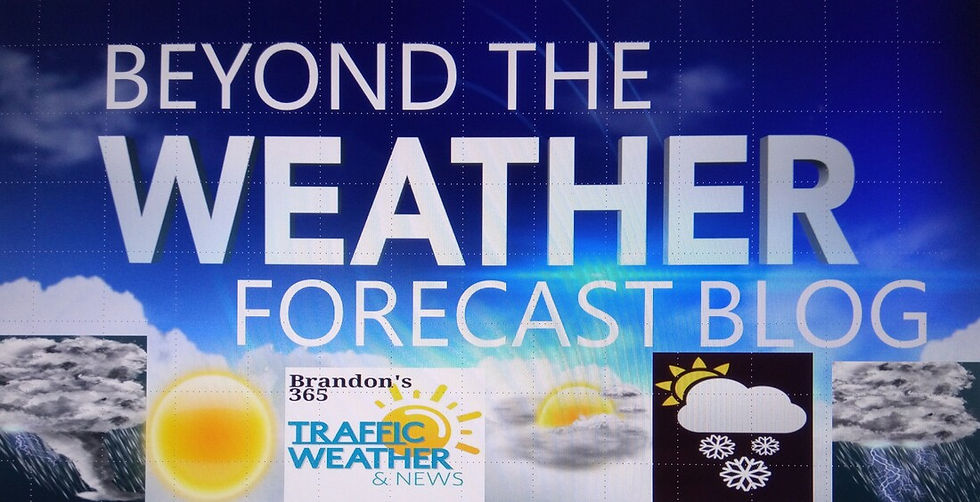Beyond The Forecast: How does upslope and downslope terrain affect the Weather?
- Brandon Shipp

- May 27, 2020
- 1 min read

Upslope and downslope are critical terms in the weather world in mountainous terrain. This difference in terrain can impact how much rain the mountains receive or snow. In the winter time we can have what's called upslope snow falling on the windward side of the mountains especially in the Smoky Mountains, Appalachians, and Rockies. But then what happens to the air after the upslope effect rains or snows out its moisture and it goes down the other side of the mountains? The answer is the downslope effect. Downslope means not much rain or snow; the air is now dry because the upslope effect sort of squeezed the moisture out of it. Not only that, but the air will warm back up as it goes down the other side of the mountain. Because dry air warms up faster than moist air cools off with altitude, the air will probably end up warmer than it was when it first encountered the mountain on the other side. So downslope means dry, warm air, not the best for snow. It's great for deserts though, and if you look at the world's big ones you'll probably find mountains on their upwind side.







Comments